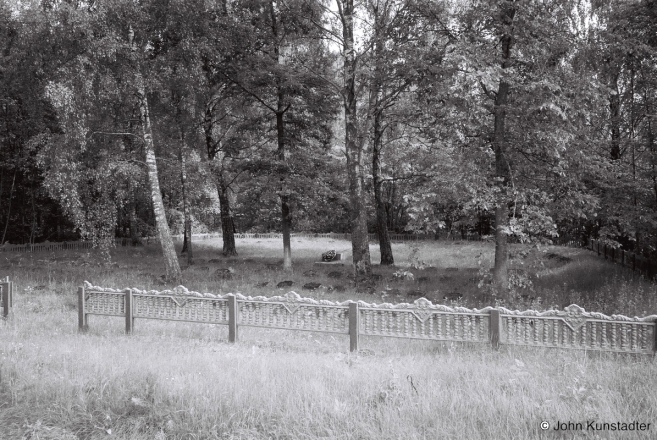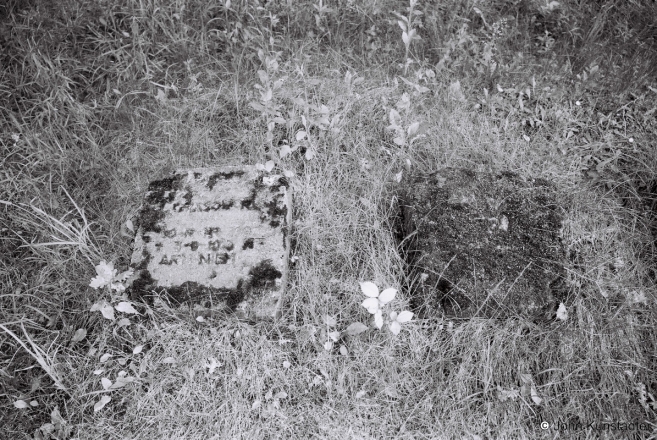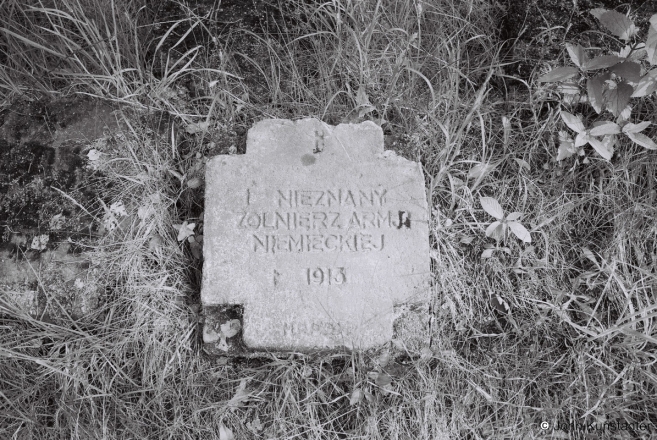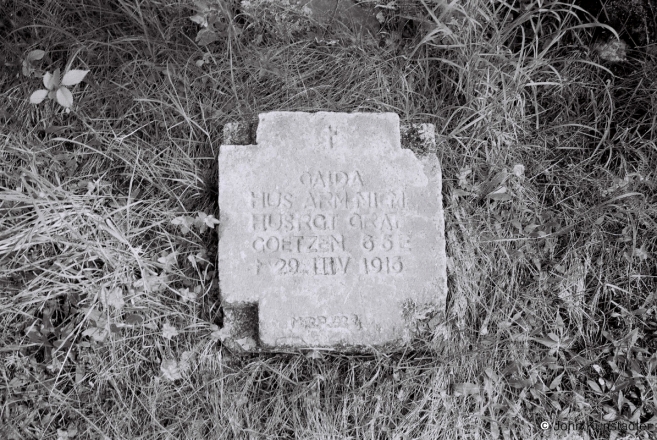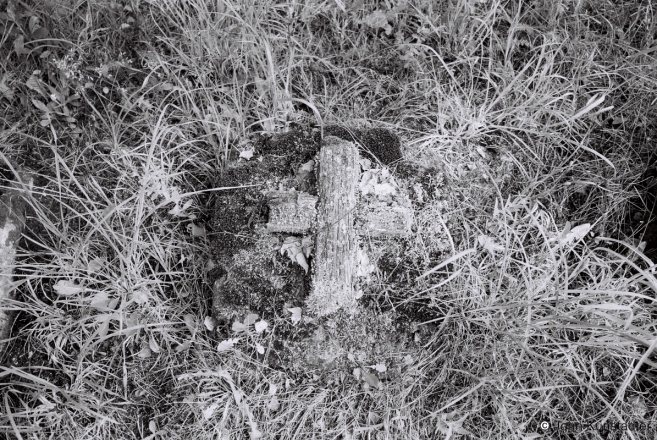Photo survey of the patrimony of Zhabinka and Kobryn Districts 2013, part 2: Kobryn District (Kobryn, Khabovichy, Dyvin (Dzivin), Ljelikava, Pavits’tsje, Hirsk, Baloty)
Фотавандроўка па Жабінкаўскім і Кобрынскім раёнах 2013 г., частка 2: Кобрынскі раён (Кобрын, Хабовічы, Дывін (Дзівін), Лелікава, Павіцьце, Гірск, Балоты)
World War I cemeteries (part LIV): German World War I cemetery with a mix of graves of soldiers from both the German and the Russian Imperial armies.
Могілкі Першай сусьветнай вайны (частка LIV): магілы салдатаў нямецкай і рускай імперскіх армій.
From September 1915 to November 1917 the German, Austrian and Russian imperial armies, indifferent to the rights of the Belarusian nation, contested part of the World War I Eastern Front on a static southwest to northeast line across Belarusian lands. According to Belarusian photographer-historian Uladzimir Bahdanau, during that time the German, Austrian and Russian imperial armies established more than 300 military cemeteries along this section of the front. Estimates vary from 106 to more than 150 German cemeteries which remain or whose former sites are locatable.
After World War I the newly-formed German War Graves Commission (Volksbund Deutsche Kriegsgräberfürsorge — VDK or “Volksbund”) paid the government of the Second Polish Republic to look after German war cemeteries on Polish territory. Between 1921 and the Nazi-Soviet invasion of September 1939 Polish territory included the western Belarusian lands. The Poles undertook careful exhumations and where necessary reburied soldiers’ remains under new concrete crosses or tombstones. In many cases — as here in Baloty — German cemeteries contained remains of soldiers from the Russian imperial army; the Poles treated the Russian remains with equal respect.
In stark contrast, at no time did the Soviet regime showed interest in honoring Russian imperial army graves in territories under Soviet occupation. After occupying the western Belarusian lands when it invaded Poland in September 1939 together with Nazi Germany and again after driving the Germans out in 1944, the Soviet regime neglected, or allowed the destruction of, World War I cemeteries there. Some local Belarusian authorities continue to allow depredation of German World War I cemeteries to this day, for instance in Bartashy (Shchuchyn District) in 2018.
